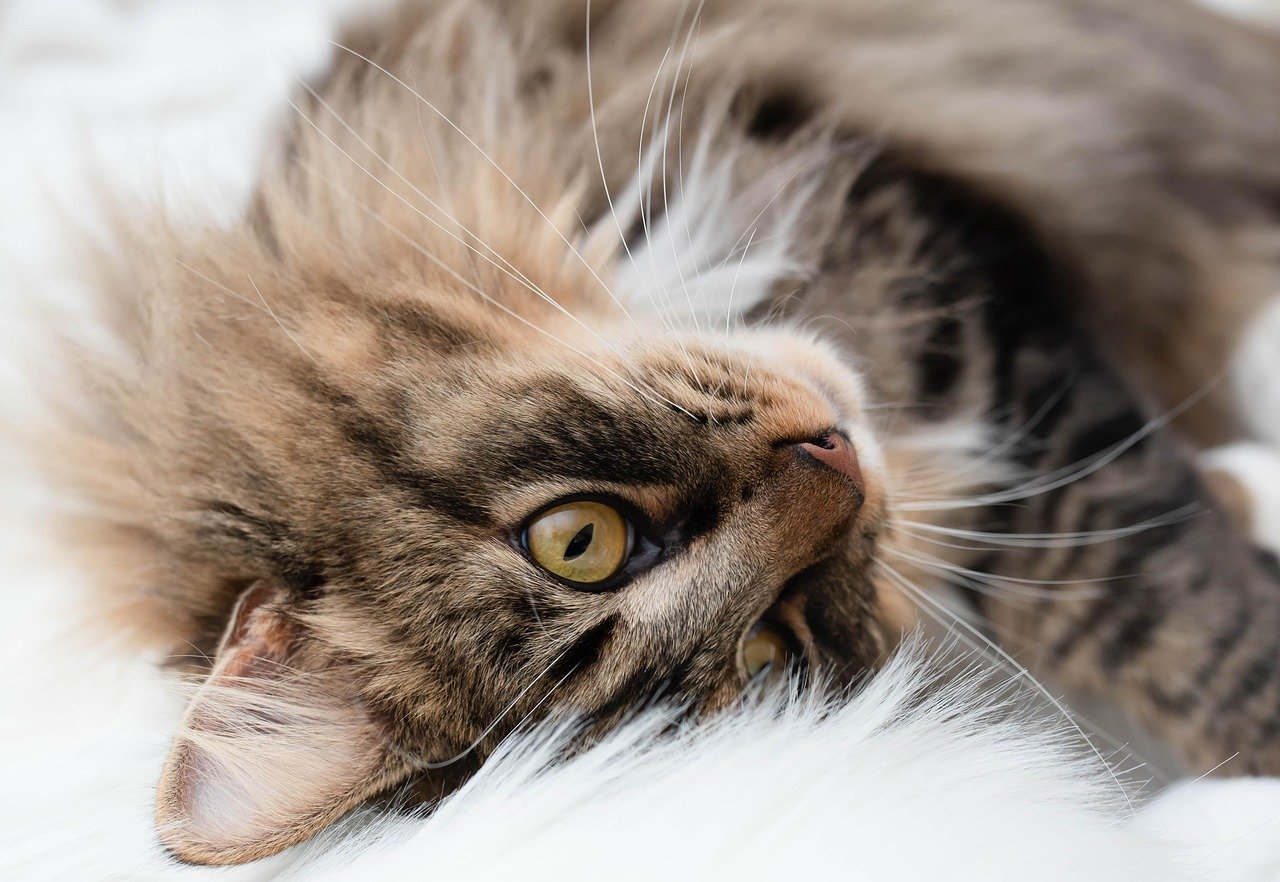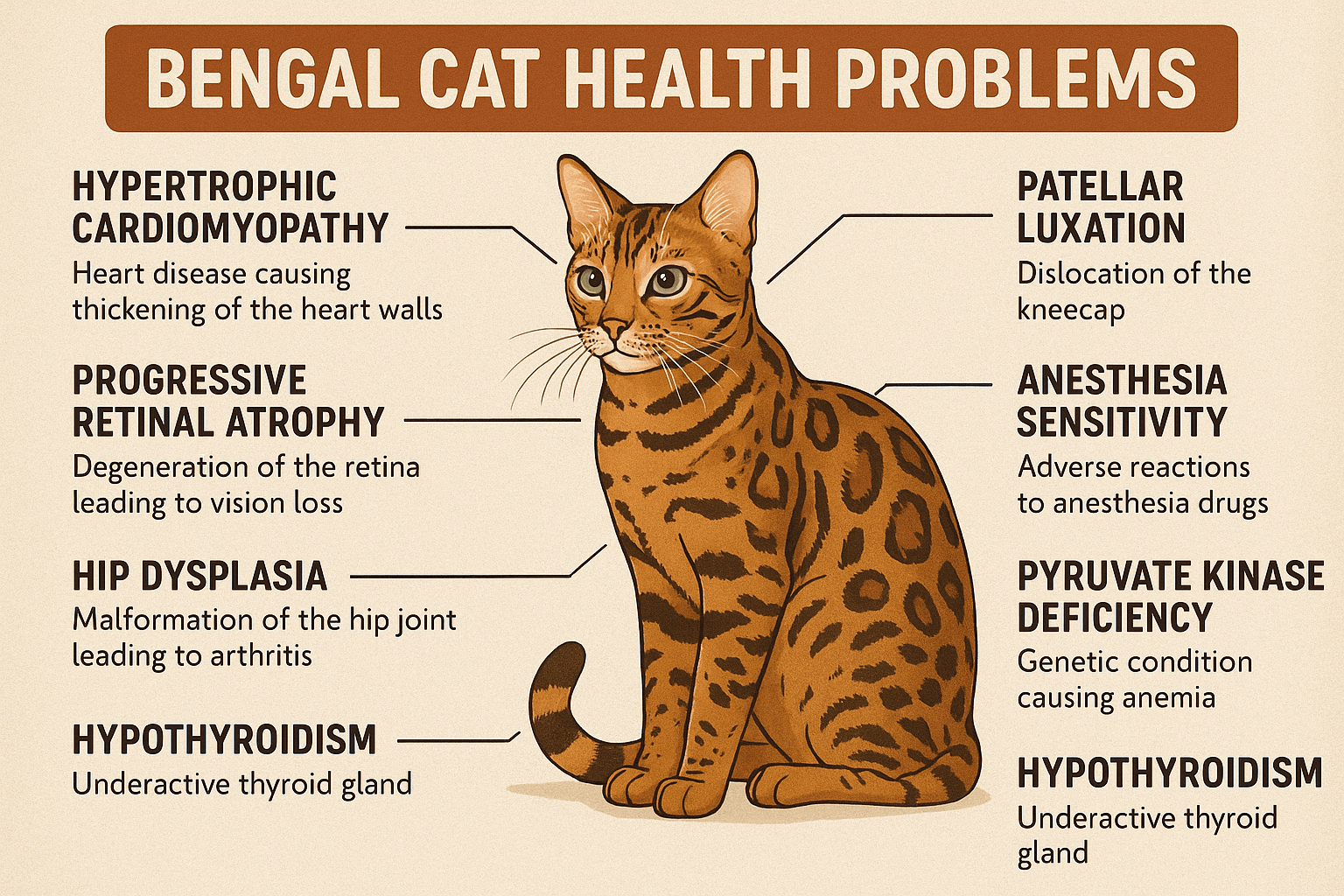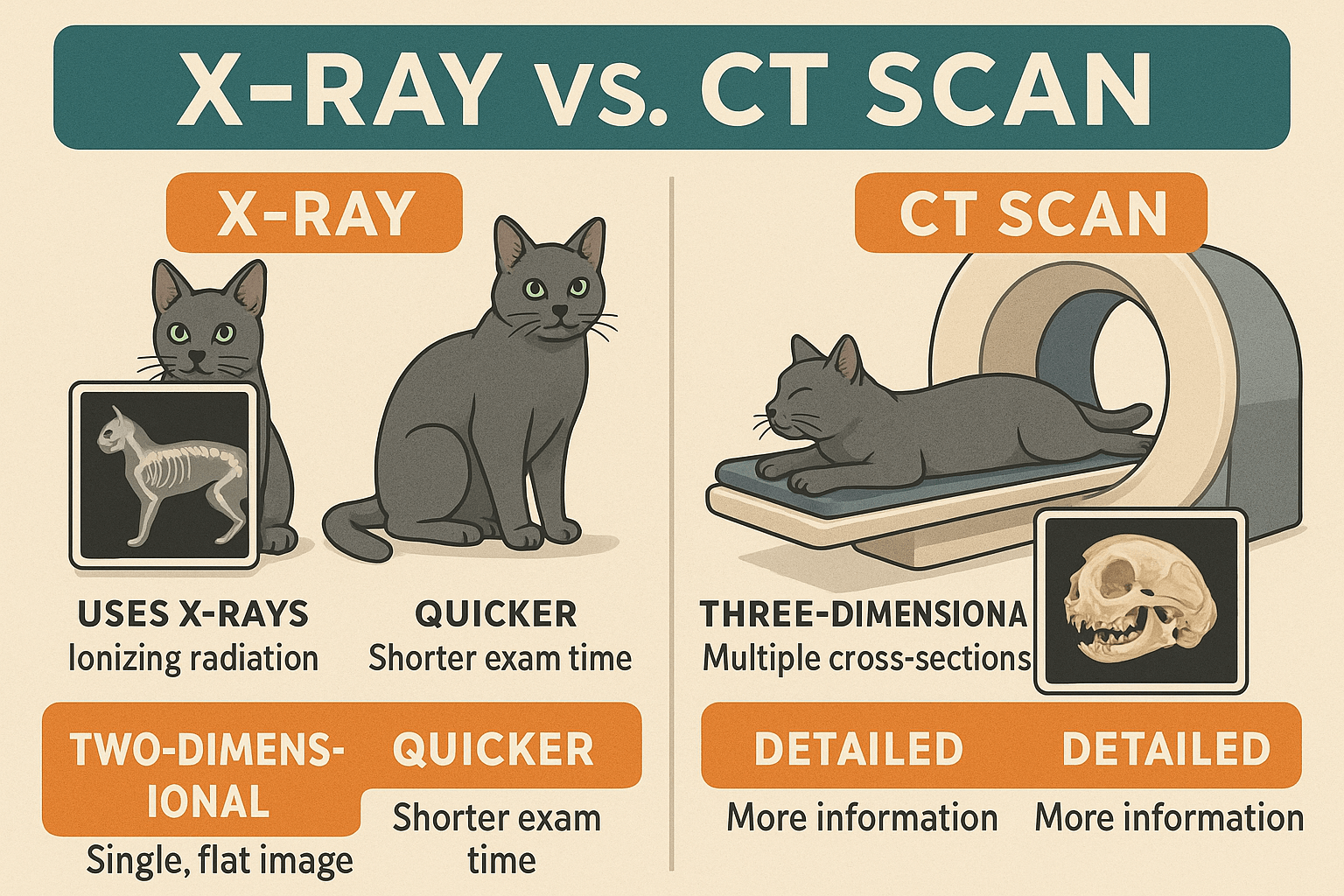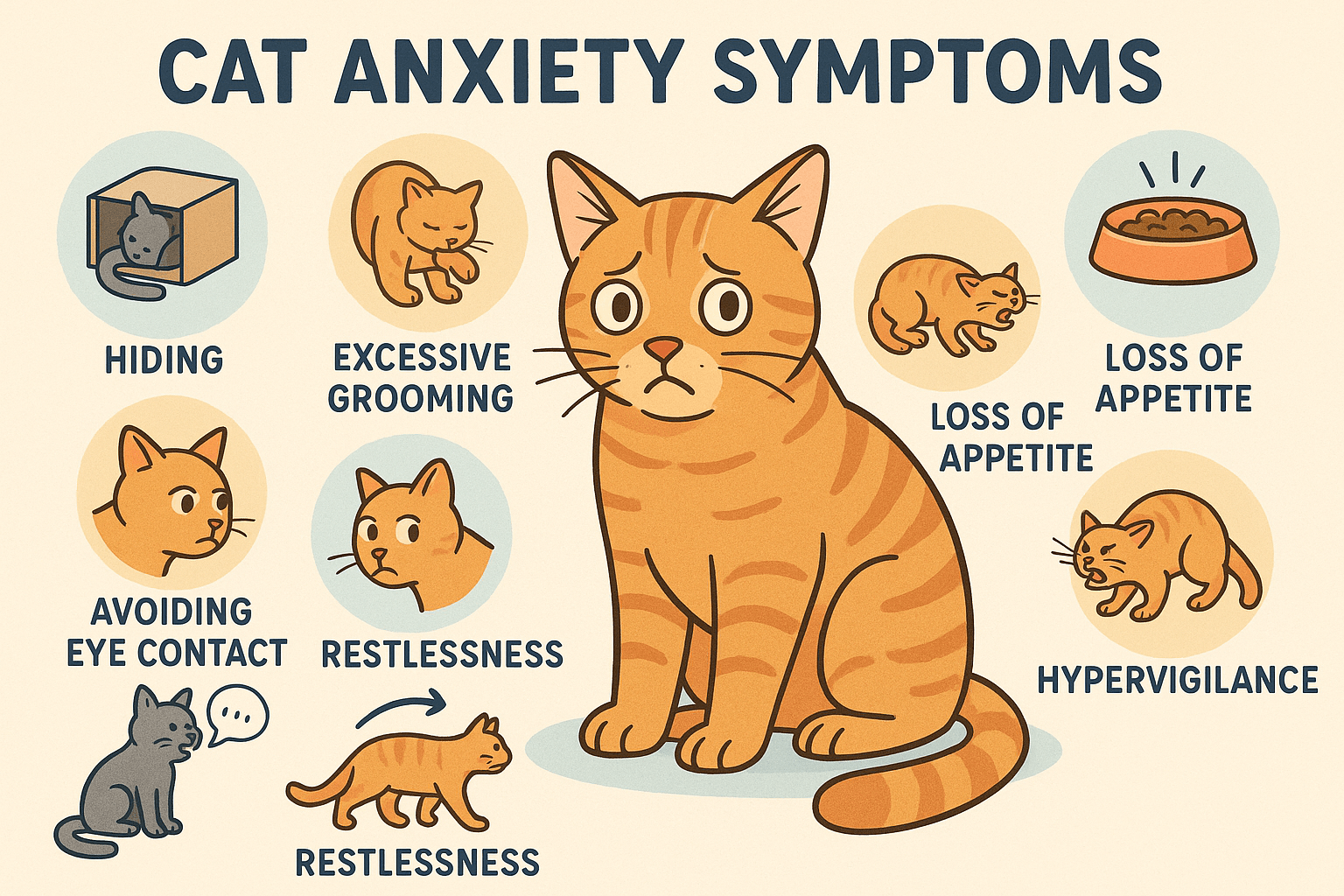Why Does My Cat Follow Me Everywhere?
Cats are often seen as independent creatures, but if you’ve ever wondered why your feline companion seems to shadow your every move, you’re not alone. Many cat owners find themselves asking this question as their furry friends trail them from room to room, whether they’re cooking dinner, watching TV, or even using the bathroom.
While it might seem like your cat is simply being clingy, there’s actually a lot of meaning behind this behavior. From instinctual needs to emotional bonds, understanding why your cat follows you everywhere can deepen your connection and help you provide the best care possible. Let’s dive into the fascinating reasons behind this adorable yet sometimes puzzling habit.
The Instinctual Reasons Behind Your Cat’s Behavior
Cats are naturally curious animals, and their instincts play a significant role in why they follow their humans around. Here are some key factors rooted in their evolutionary history:
Hunting Instincts: Cats are predators by nature, and they often view their owners as part of their “pack.” Following you could be a way for them to observe potential food sources or opportunities to hunt.
Territorial Awareness: Cats are territorial creatures, and they like to keep an eye on their environment. By following you, they ensure that their territory remains safe and secure.
Social Structure: Although cats are often perceived as solitary animals, domesticated cats have adapted to living in social groups. Following you might be their way of reinforcing their place within your “family group.”
Curiosity About Human Activities: Cats are naturally curious, and your actions throughout the day likely intrigue them. Whether you’re cooking, cleaning, or working, your cat might just want to know what you’re up to.
Security and Comfort: Being near you provides a sense of safety. Your presence reassures them, especially in unfamiliar or stressful situations.
In summary, your cat’s instinctual behaviors are deeply tied to their need for security, curiosity, and social bonding. These factors explain why they feel the urge to stay close to you at all times.
Emotional Bonds and Affectionate Motivations
Beyond instincts, your cat’s constant companionship is often driven by emotional connections. Cats form strong bonds with their owners, and their behavior reflects this attachment. Here’s how emotions play a role:
Seeking Attention: Cats thrive on interaction and affection. If they feel neglected, they may follow you to remind you that it’s time for some quality cuddles or playtime.
Comfort Zone: Your scent and voice provide comfort to your cat. Being near you helps them feel relaxed and secure, especially during times of stress or change.
Routine and Predictability: Cats love routines, and following you might be part of their daily schedule. They learn when you’re likely to feed them, play with them, or offer affection.
Loneliness: If your cat spends long periods alone while you’re at work or out of the house, they may follow you more closely when you’re home to make up for lost time.
Bonding Behavior: Cats show affection in subtle ways, and following you is one of them. It’s their way of saying, “I trust you and enjoy your company.”
Ultimately, your cat’s emotional needs are just as important as their physical ones. Their desire to follow you is a testament to the strong bond you share.
Check this guide 👉 Why Did My Cat Poop on My Bed? Best 7 Expert Behavior Tips!
Check this guide 👉Why Is My Cat Purring So Loud? Best 7 Expert Behavior Tips!
Check this guide 👉 Why Do Cats Love Sleeping Above Our Heads? Best 7 Tips!

Reasons Cats Follow You | How You Can Respond |
|---|---|
Seeking attention and affection | Spend dedicated time playing or petting your cat. |
Feeling insecure or stressed | Provide a safe space with cozy hiding spots. |
Curiosity about your activities | Allow your cat to observe safely from a distance. |
Hunger or mealtime anticipation | Stick to a consistent feeding schedule. |
Strengthening their bond with you | Talk to your cat and include them in daily routines. |
Signs Your Cat May Be Following You for a Specific Reason
Sometimes, your cat’s behavior has a specific trigger or purpose. Understanding these signs can help you respond appropriately. Here’s what to look for:
Meowing or Vocalizing: If your cat is meowing persistently while following you, they might be trying to communicate hunger, boredom, or discomfort.
Rubbing Against You: This behavior indicates affection and marking you as part of their territory. It’s a sign of trust and bonding.
Pacing or Restlessness: If your cat seems anxious while following you, they might be seeking reassurance or reacting to changes in their environment.
Staring Intently: Cats use body language to express curiosity. If your cat stares at you while trailing behind, they’re likely trying to figure out what you’re doing.
Following You to Specific Places: For example, if your cat always follows you to the kitchen, they might associate that area with food or treats.
By paying attention to these subtle cues, you can better understand your cat’s motivations and strengthen your relationship.
How to Encourage Healthy Independence in Your Cat
While it’s heartwarming to have a loyal feline companion, encouraging independence can benefit both you and your cat. Here are some tips to strike a balance:
Create a Stimulating Environment: Provide toys, scratching posts, and climbing structures to keep your cat entertained when you’re busy.
Establish a Routine: Cats thrive on predictability. Set regular times for feeding, play, and affection to reduce clinginess.
Offer Safe Spaces: Ensure your cat has cozy spots where they can retreat and feel secure without needing your constant presence.
Use Positive Reinforcement: Reward your cat for exploring independently with treats or praise to build their confidence.
Rotate Toys and Activities: Keep your cat engaged by introducing new toys or activities periodically to prevent boredom.
By fostering independence, you’ll help your cat feel more self-assured while still maintaining your special bond.
Physical Needs That Drive Following Behavior
Cats are highly attuned to their physical needs, and sometimes their tendency to follow you stems from basic necessities. Here are some common physical reasons behind this behavior:
Hunger or Thirst: Cats are quick to associate their owners with mealtime. If your cat follows you into the kitchen, they might be anticipating food or water.
Health Concerns: Cats may seek proximity to their owners when they’re feeling unwell. Following you could be a sign that they need comfort or medical attention.
Temperature Regulation: Cats love warmth, and your body heat can be comforting. They might follow you to stay cozy, especially in cooler environments.
Playful Energy: Kittens and young cats often have bursts of energy. Following you might be their way of inviting you to engage in play.
Routine Dependency: Cats thrive on consistency, and if feeding or playtime aligns with your movements, they’ll follow you as part of their daily rhythm.
In essence, your cat’s physical needs often play a significant role in their shadowing behavior. By addressing these needs, you can ensure they feel satisfied and secure.
Signs Your Cat is Seeking Reassurance
Sometimes, your cat’s constant presence is a cry for reassurance. This behavior can be triggered by changes in their environment or emotional state. Here’s how to recognize it:
Increased Purring: Purring while following you can indicate that your cat is seeking comfort or trying to self-soothe.
Tail Position: A raised tail with a slight curve at the tip signals friendliness and a desire for interaction.
Frequent Meowing: Persistent vocalizations suggest your cat wants your attention or is trying to communicate something specific.
Body Rubbing: If your cat rubs against your legs while following you, they’re likely marking you as part of their safe space.
Staying Close During Stressful Events: Loud noises, new pets, or visitors can make your cat cling closer to you for security.
When your cat seeks reassurance, responding with patience and affection can help them feel more at ease. Recognizing these signs strengthens your bond and fosters trust.
How to Encourage Balanced Behavior
While it’s natural for cats to follow their owners, encouraging balanced behavior ensures both of you enjoy personal space. Here are some strategies to achieve harmony:
Interactive Toys: Provide toys that stimulate your cat’s hunting instincts, such as feather wands or laser pointers, to keep them entertained independently.
Scheduled Playtime: Dedicate specific times each day to play with your cat. This helps them expend energy and reduces clinginess.
Puzzle Feeders: Use puzzle feeders or treat-dispensing toys to keep your cat mentally engaged and distracted from following you constantly.
Environmental Enrichment: Add perches near windows or cat trees to give your cat a vantage point to observe the world without needing your direct involvement.
Training Sessions: Teach your cat simple commands or tricks using positive reinforcement. This builds confidence and encourages independence.
By implementing these strategies, you can create a balanced dynamic where your cat feels fulfilled and content, even when they’re not glued to your side.
Frequently Asked Questions About Cats Following Their Owners
Is it normal for my cat to follow me everywhere?
Yes, it’s completely normal. Cats often follow their owners due to instinct, curiosity, or emotional attachment.
Should I be concerned if my cat suddenly starts following me more than usual?
Sudden changes in behavior could indicate stress, illness, or environmental changes. Consult a vet if you notice other unusual symptoms.
How can I stop my cat from following me into the bathroom?
Try providing distractions like toys or treats outside the bathroom door to redirect their attention.
Do all cats follow their owners, or is it breed-specific?
While most cats exhibit this behavior, some breeds (like Siamese) are known for being more social and clingy.
Can I train my cat to be less clingy?
Yes, through positive reinforcement and creating an enriching environment, you can encourage healthy independence.
Strengthening the Bond with Your Feline Friend
In conclusion, the reasons why your cat follows you everywhere are as varied as they are endearing. From instinctual drives to emotional connections, this behavior reflects the deep bond you share with your feline companion. By understanding their motivations and responding thoughtfully, you can nurture this relationship while ensuring your cat feels secure and content. Remember, every cat is unique, so take the time to observe and appreciate their individual quirks. After all, having a loyal shadow is one of the many joys of sharing your life with a cat.
High Liver Enzymes in Cats: Best 7 Expert Tips! Discover causes, symptoms, and treatment options for elevated liver enzymes in cats. Learn how to support your cat’s liver health effectively.
Bengal Cat Health Problems: Best 7 Expert Tips! Discover expert advice on common Bengal cat health issues, preventive care, and tips to keep your feline friend healthy and happy for years to come.
X-Ray vs CT Scan for Cats: Best 7 Expert Tips! Discover key differences, benefits, and expert advice on choosing the right imaging method for your cat’s health needs.
Cat Anxiety Symptoms: Best 7 Expert Tips! Discover signs of feline stress, effective calming strategies, and expert advice to help your cat feel safe, happy, and relaxed at home.





